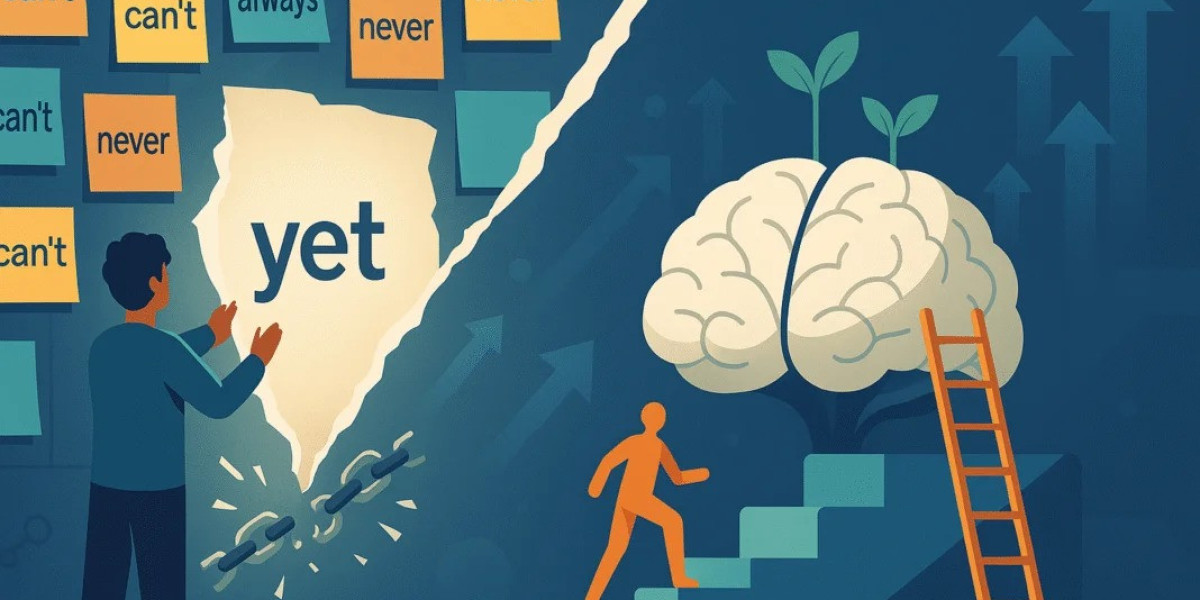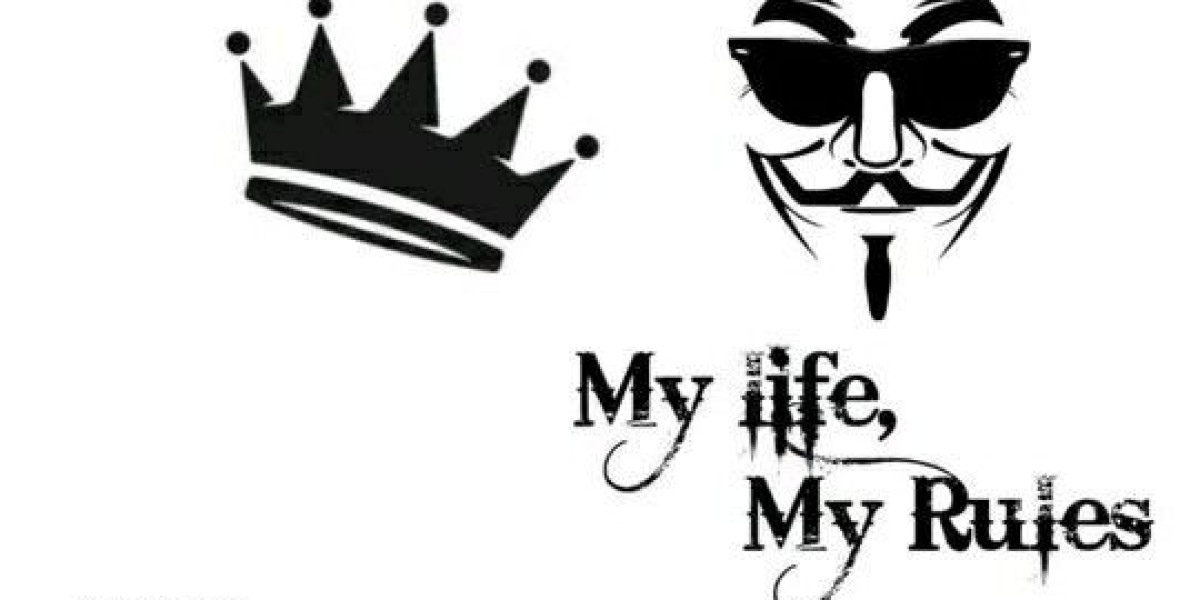In every person’s journey, there lies an invisible barrier that often goes unnoticed — the mental walls built from limiting beliefs. These beliefs are not just random thoughts; they are deeply ingrained perceptions shaped by our experiences, upbringing, and fears. They dictate what we think we can or cannot do, quietly defining the boundaries of our reality. To truly grow, one must challenge limiting beliefs, break free from their grip, and rewrite the story of self-worth and potential.
Limiting beliefs whisper to us in moments of doubt: “You’re not good enough,” “You can’t achieve that,” or “Success is for others, not for you.” They seem convincing because they feel familiar. Yet, these are not facts — they are mental constructs that can be unlearned. The process begins with awareness, but transformation happens when we question and replace these beliefs with empowering truths that align with who we truly are and who we aspire to become.
Understanding the Power of the Mind
The human mind is both powerful and persuasive. It has the ability to shape our destiny through the stories we tell ourselves. When you challenge limiting beliefs, you begin to reclaim control over those stories. Neuroscience shows that our brains are wired to seek patterns and familiarity. If you’ve believed for years that you’re not capable of public speaking, your mind reinforces that belief by amplifying every moment of nervousness and downplaying every moment of success. This cycle creates a self-fulfilling prophecy that cements fear as reality.
Breaking this cycle requires conscious effort. It means identifying the beliefs that no longer serve you and questioning their validity. Ask yourself where those thoughts originated. Were they your own conclusions, or were they implanted by societal expectations, family, or early experiences? When you begin to dissect their roots, you realize most limiting beliefs are borrowed fears, not personal truths.
The Emotional Weight of Limiting Beliefs
Limiting beliefs are not just thoughts; they carry emotions that shape how we live. Feelings of inadequacy, fear of failure, or even guilt can tie us to beliefs that hinder growth. For example, someone raised in an environment that equated self-worth with achievement might grow up believing they are only valuable when they succeed. This emotional attachment makes it difficult to detach from old patterns.
To challenge limiting beliefs, one must confront these emotional ties with compassion rather than resistance. Denying or suppressing them only strengthens their control. Instead, acknowledge the pain or fear behind the belief and offer yourself understanding. Emotional healing plays a critical role in transforming beliefs because it rewires the brain to associate growth with safety rather than threat.
Rewriting Your Inner Narrative
Once awareness has been cultivated, the next step is rewriting the narrative. You can begin by reframing negative self-talk into empowering language. Instead of saying, “I can’t do this,” shift to, “I am learning to do this.” The subtle change in wording creates a powerful shift in mindset. The first statement ends the conversation; the second opens the door to growth.
This reframing process may feel uncomfortable at first because it challenges the identity you’ve lived with. However, persistence creates new neural pathways, making empowerment a habit. Over time, your inner dialogue becomes kinder, more curious, and less judgmental. Each positive statement acts like a brick in building a new foundation of belief.
Visualization can also play a crucial role in this transformation. When you imagine yourself succeeding, the brain responds as if the success is already happening. This activates motivation and confidence, reinforcing your ability to take real action. Visualization bridges the gap between belief and behavior, making your new mindset feel achievable and natural.
Embracing Failure as a Teacher
One of the biggest reasons people struggle to challenge limiting beliefs is the fear of failure. Failure is often seen as evidence that the belief was true all along. However, in reality, failure is one of life’s greatest teachers. Every misstep provides feedback and insight into what can be done differently. When you change your relationship with failure, you remove one of the strongest reinforcements of limiting beliefs.
Those who achieve extraordinary success are not free from doubt or mistakes; they simply refuse to let those experiences define them. Instead of seeing failure as proof of inadequacy, view it as proof of courage — the courage to try, learn, and grow. This mindset not only dismantles old beliefs but builds resilience, self-trust, and adaptability.
The Role of Environment and Influence
Surroundings play a massive role in shaping and sustaining beliefs. The people you spend time with, the media you consume, and the conversations you engage in can either reinforce or challenge your mindset. When you’re surrounded by negativity or doubt, your subconscious absorbs those messages. Conversely, a supportive environment can empower you to grow beyond limitations.
To challenge limiting beliefs effectively, seek spaces that encourage self-expression, curiosity, and positive reinforcement. Engage with mentors, friends, or communities that inspire growth rather than fear. By immersing yourself in environments that reflect the beliefs you aspire to hold, you accelerate your transformation. You begin to realize that mindset is not a solitary battle but a journey influenced by energy and connection.
Cultivating a Growth Mindset
At the heart of overcoming limiting beliefs lies the cultivation of a growth mindset — the belief that skills, intelligence, and abilities can be developed through effort and learning. This mindset shifts focus from “I can’t” to “I can learn.” It transforms obstacles into opportunities for mastery. When you adopt this perspective, limitations no longer define you; they challenge you to expand.
The key to a growth mindset is consistency. Every time you face fear and take action anyway, you strengthen your belief in possibility. The process is gradual but profound. You begin to recognize that life’s limitations are often self-imposed, and by changing your perspective, you change your potential.
The Freedom Beyond Limiting Beliefs
Breaking free from limiting beliefs does not mean you will never experience doubt again. It means you no longer let doubt dictate your choices. Freedom comes from awareness, resilience, and the courage to keep growing despite uncertainty. Once you challenge limiting beliefs, you gain the confidence to pursue dreams that once felt impossible. You begin to see failure as feedback, effort as progress, and growth as your natural state.
This newfound freedom reshapes how you interact with the world. You start taking risks aligned with your values, expressing your authentic self, and building relationships rooted in truth rather than fear. The external world begins to mirror your internal transformation — opportunities appear where there once were walls.
Conclusion: Your Mind is the Gateway to Transformation
The journey to challenge limiting beliefs is one of the most powerful acts of self-liberation. It demands courage, self-reflection, and patience, but the rewards are immeasurable. Every time you question a belief that holds you back, you reclaim a piece of your power. Growth is not about becoming someone new but uncovering the limitless potential that has always been within you.








